By Christopher Miskimon
 A group of Israeli divers quietly came ashore at an Egyptian-held island at the south entrance of the Suez Canal in 1969. As they reached the island, they laid aside their underwater breathing equipment and readied their weapons. They soon reached a concrete sea wall with a layer of barbed wire in front of it. Behind the wall stood their objective, a radar unit. Standing in chest-deep water with Egyptian sentries only a few feet above, the Israeli divers cut the wire to clear a path forward. The divers climbed the wall and opened fire on the opposing guards, cutting them down. Nearby a fire support element opened fire on the rest of the Egyptian installation, causing chaos and confusion. Hand grenades and bursts of automatic weapons fire finished anyone who resisted the Israeli onslaught. With the target secured for the moment, the divers rigged the radar set with explosives.
A group of Israeli divers quietly came ashore at an Egyptian-held island at the south entrance of the Suez Canal in 1969. As they reached the island, they laid aside their underwater breathing equipment and readied their weapons. They soon reached a concrete sea wall with a layer of barbed wire in front of it. Behind the wall stood their objective, a radar unit. Standing in chest-deep water with Egyptian sentries only a few feet above, the Israeli divers cut the wire to clear a path forward. The divers climbed the wall and opened fire on the opposing guards, cutting them down. Nearby a fire support element opened fire on the rest of the Egyptian installation, causing chaos and confusion. Hand grenades and bursts of automatic weapons fire finished anyone who resisted the Israeli onslaught. With the target secured for the moment, the divers rigged the radar set with explosives.
Being a military diver is an especially dangerous job in an already dangerous profession. Beyond commando raids, they carry out reconnaissance, survey landing beaches, and remove and defuse mines. This new book delves into various military diving units worldwide and examines their training, equipment and activities. The author is a former diver with the British Royal Marines and his expertise lends authority to the text.
Combat Divers: An Illustrated History of Special Forces Divers (Michael G. Welham, Osprey Books, Oxford UK, 2023, 304 pp., photographs, bibliography, index, $40, hardcover)
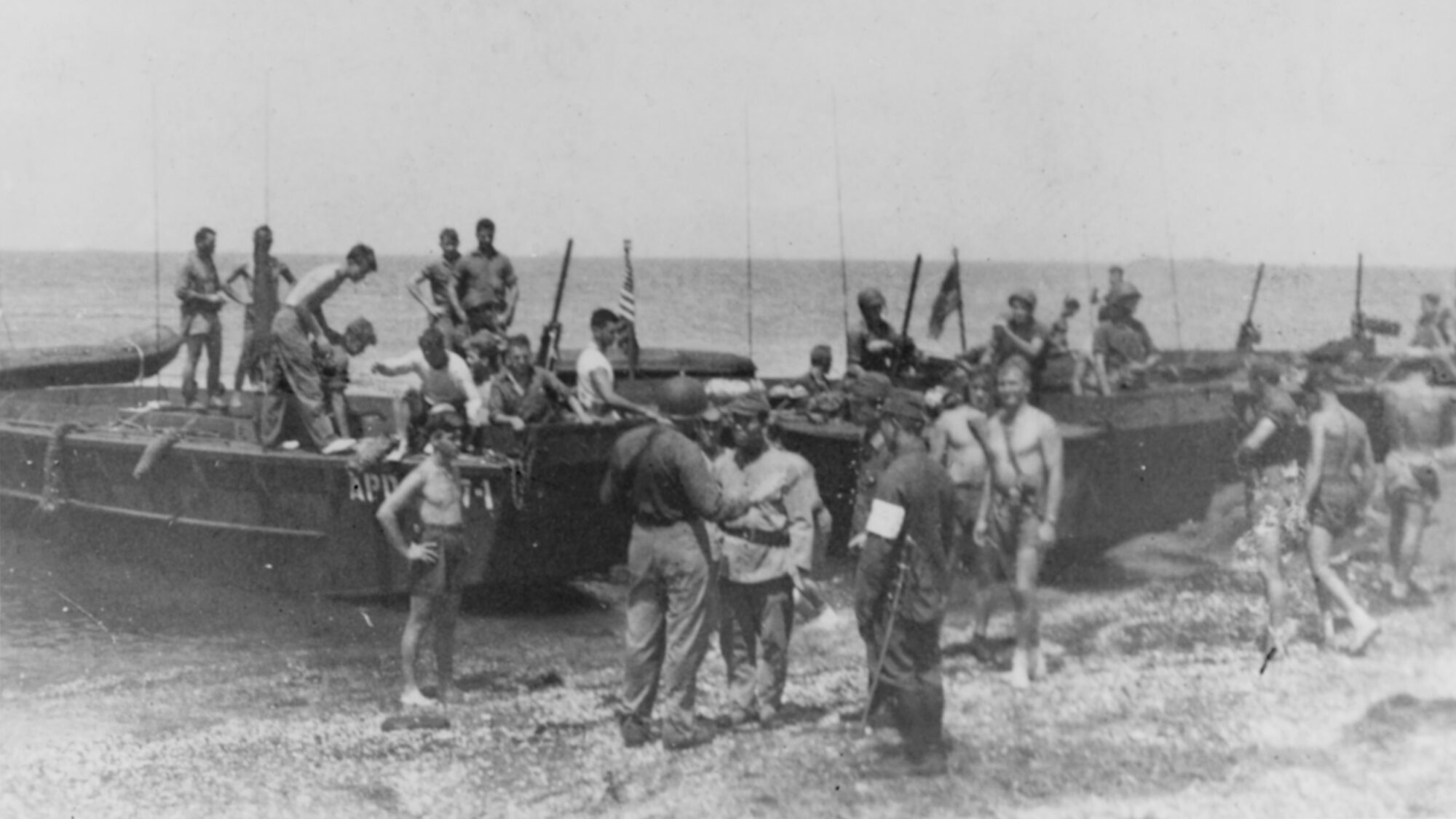

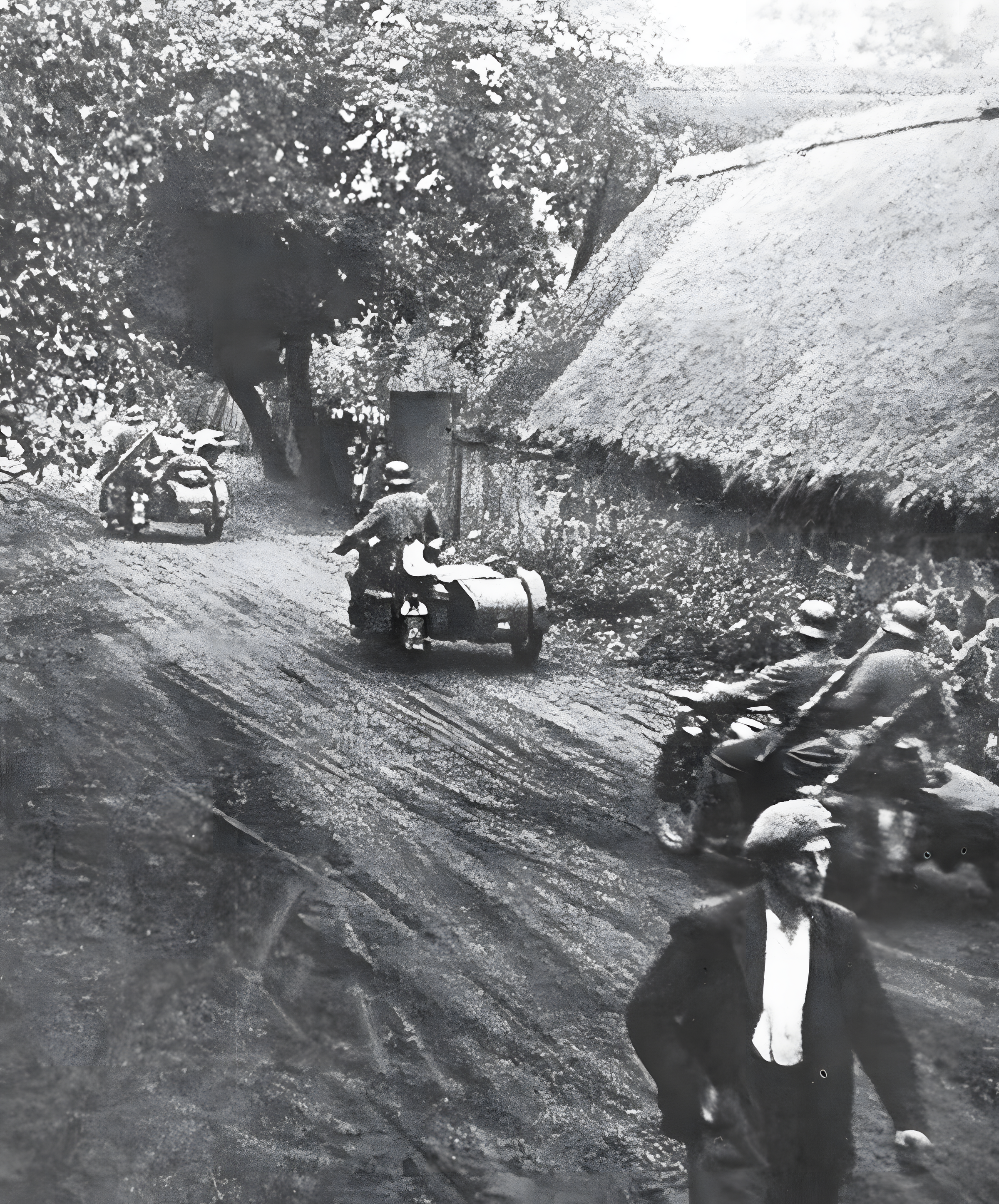

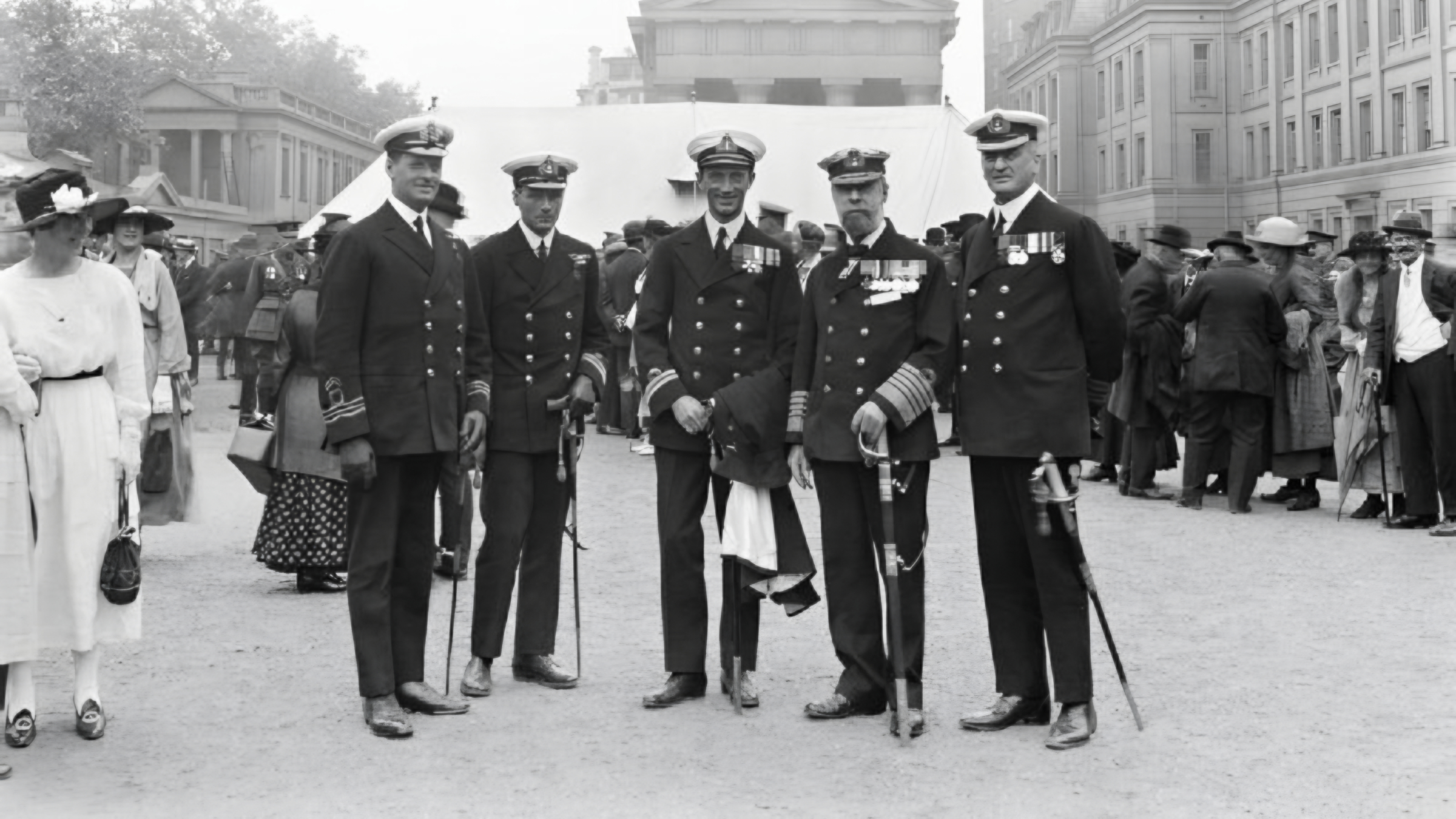

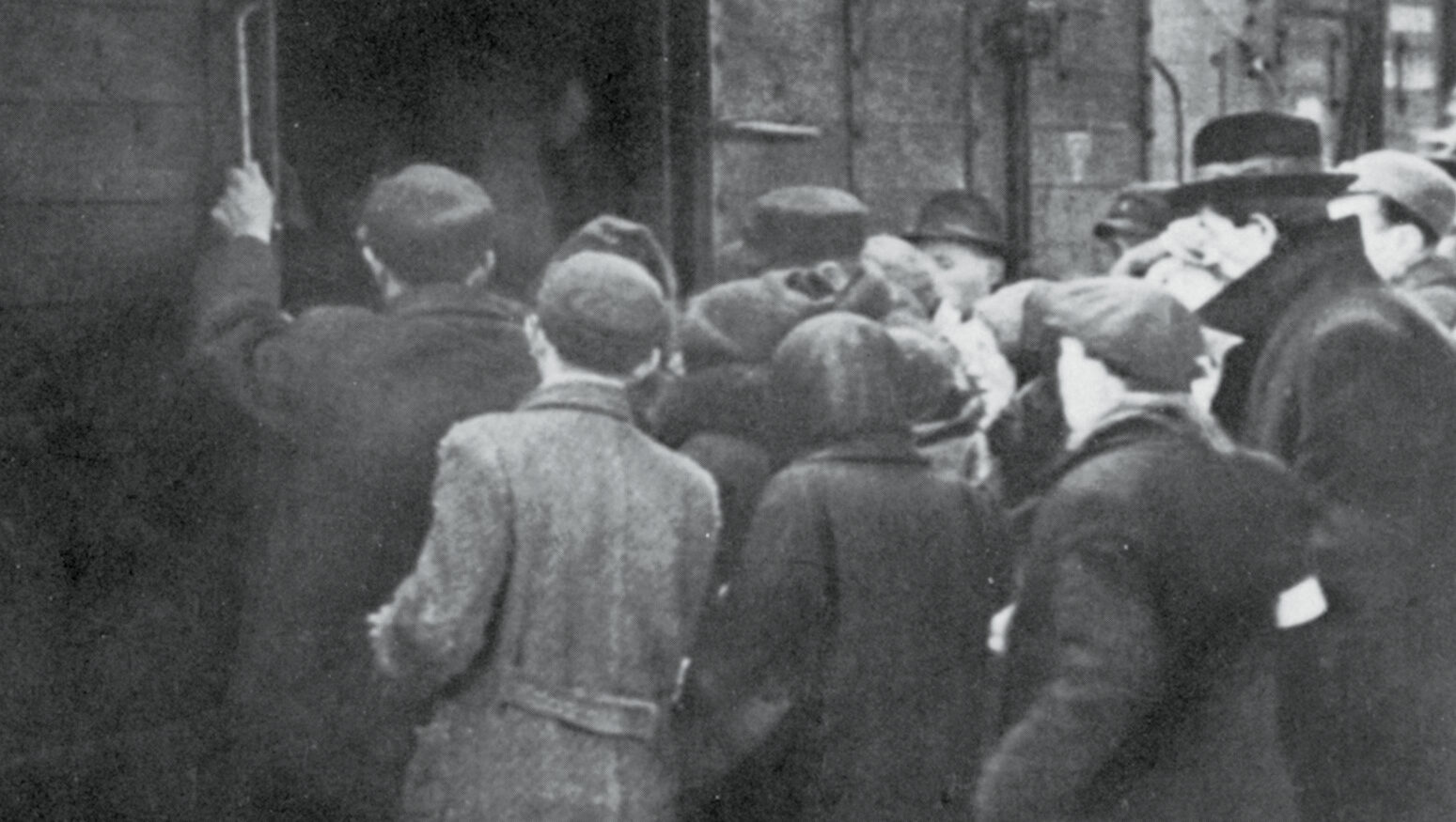
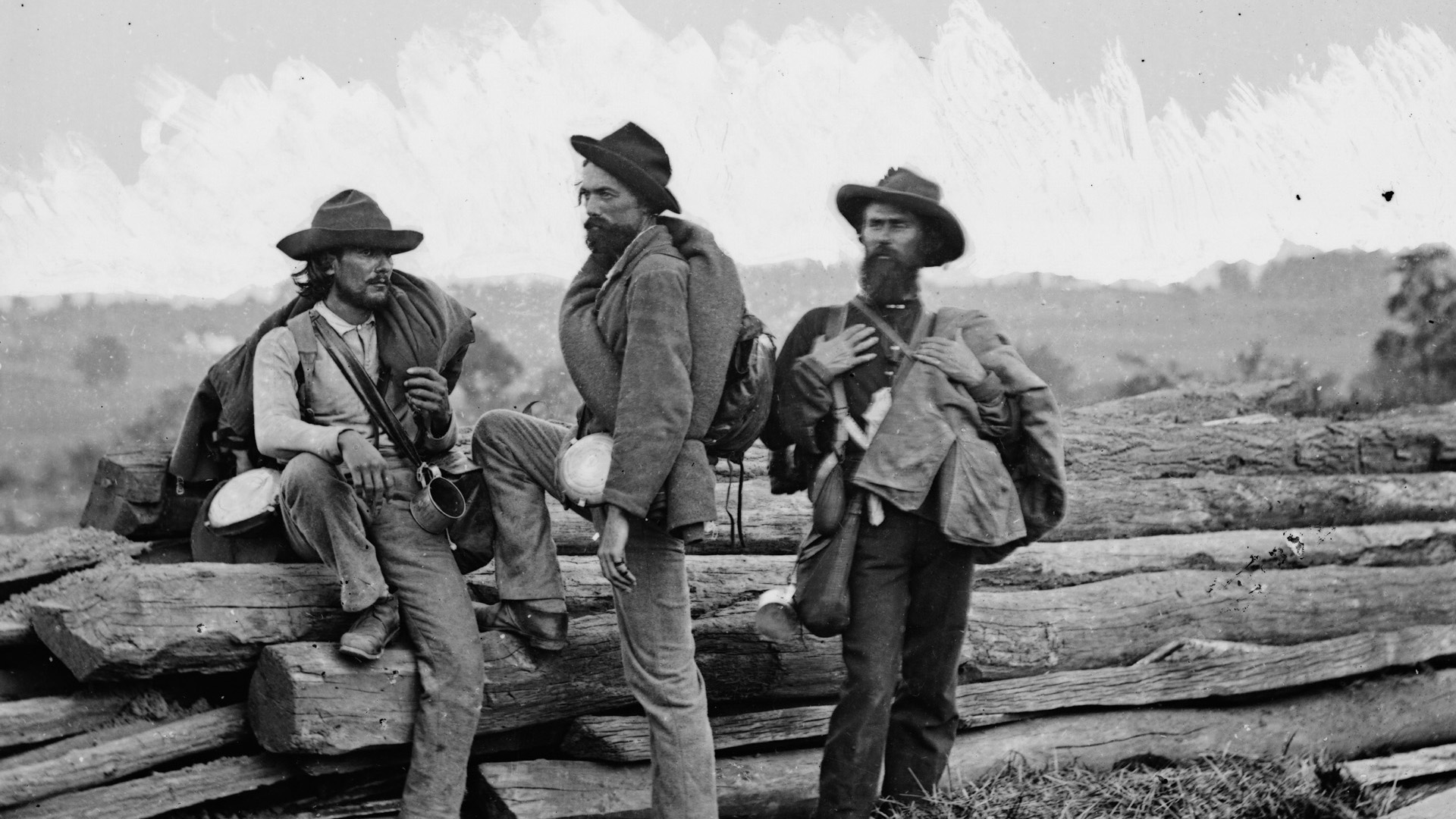

Join The Conversation
Comments